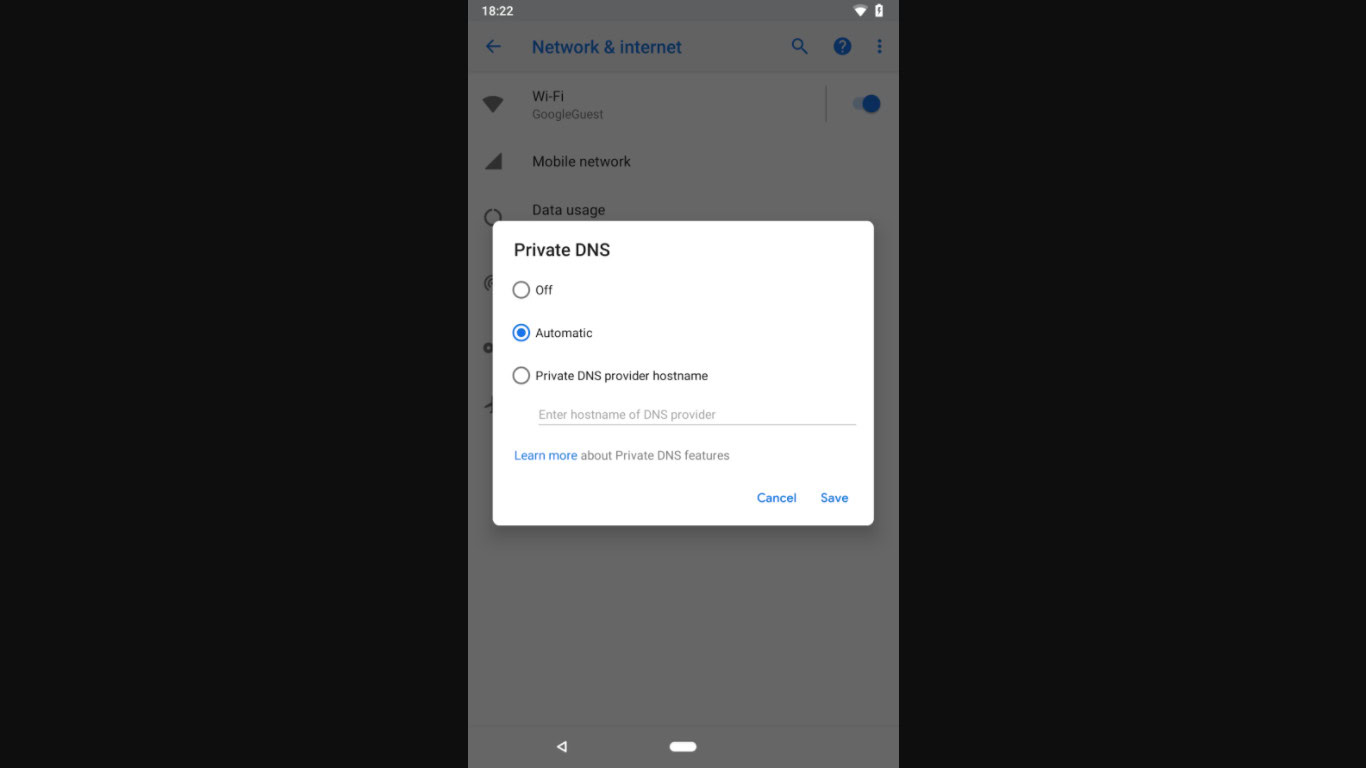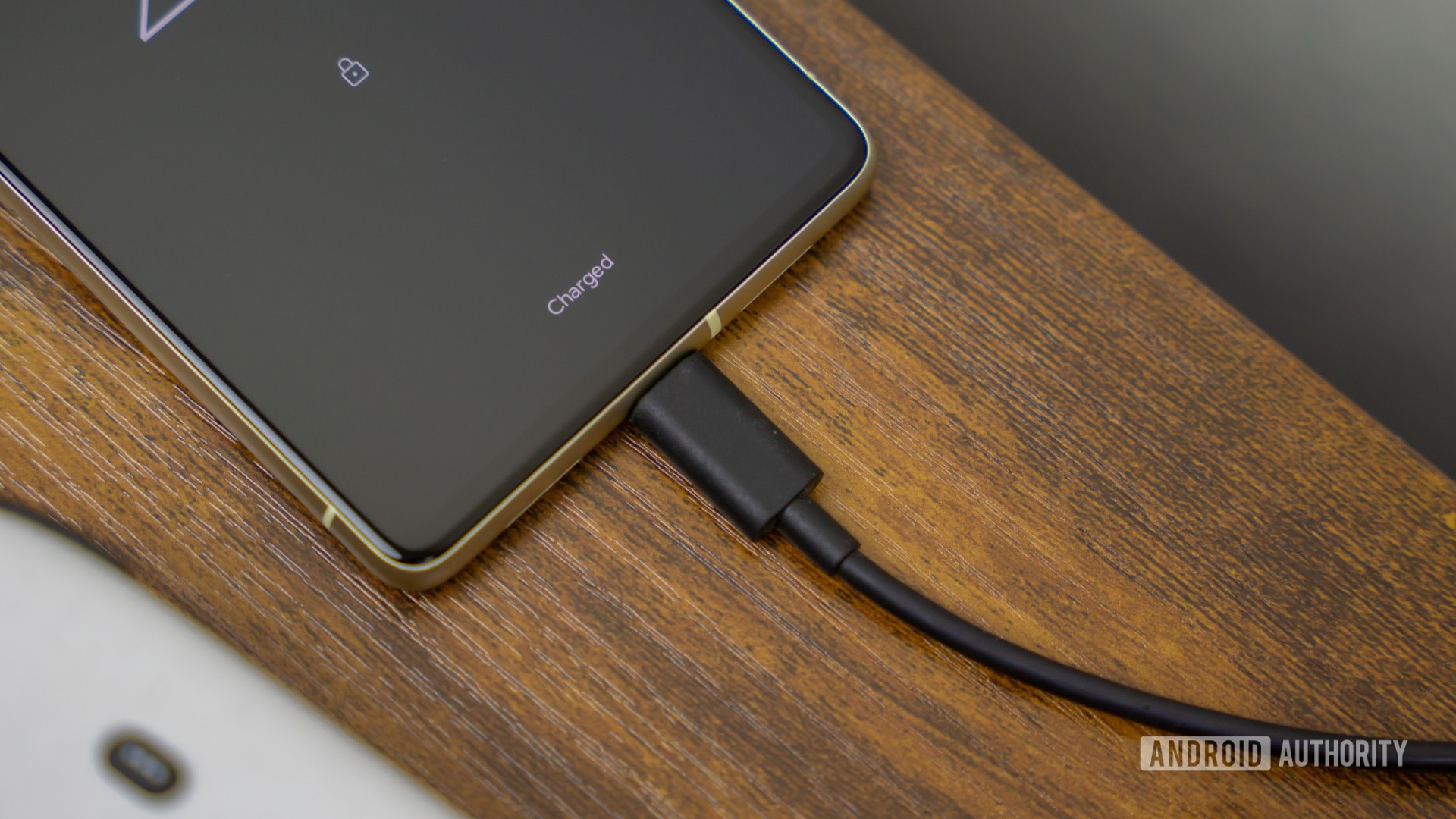Affiliate links on Android Authority may earn us a commission. Learn more.
Google testing iPhone X-style gesture navigation in Android P?
Published onApril 16, 2018

- A new Android P screenshot and leak suggests that Google will use swipe gestures and a contextual back button.
- The gesture to activate multitasking seems identical to the iPhone X, as you swipe up and hold.
- OnePlus and Xiaomi have revealed near-identical swipe gestures to Apple in recent months.
Apple didn’t invent gesture-based navigation, which sees swipes being used to navigate around a smartphone instead of keys, but it certainly popularised the function with the iPhone X. Now it’s looking like Google’s turn to adopt them in Android P.
In a screenshot of the latest Android update posted in the Android Developers Blog (spotted by 9to5Google), a new navigation bar with a thinner, “pill-shaped” home button can be seen. The on-screen return button remains there, however, there is no multitasking (recent apps) key.

A source earlier told the publication that multitasking is accomplished with an upward swipe from the bottom in Android P, while the back button only appears when needed.
Google has since edited the screenshot to remove the new navigation bar, but it wouldn’t be the first time that gesture navigation has come to Android. Previously, we saw Xiaomi adopt “full-screen gestures” on its tall-screen devices, such as the Redmi 5, Redmi Note 5 and Mi Mix 2. This saw an upward swipe for going home and an upward swipe and pause for multitasking.
A fundamental change on the cards
Recently, OnePlus has offered an iPhone X-inspired gesture system as well, delivering the same gestures as Apple’s flagship device. The likes of Huawei and Lenovo have also experimented with gestures via the home button, allowing users to ditch the usual Android navigation bar if they wish.
This would mark a big move for Google, which has used essentially the same method of navigation since Ice Cream Sandwich in 2011. This arrived as smartphones were transitioning from physical buttons to capacitive keys — how a gesture-based system could inform the design of future handsets remains to be seen.